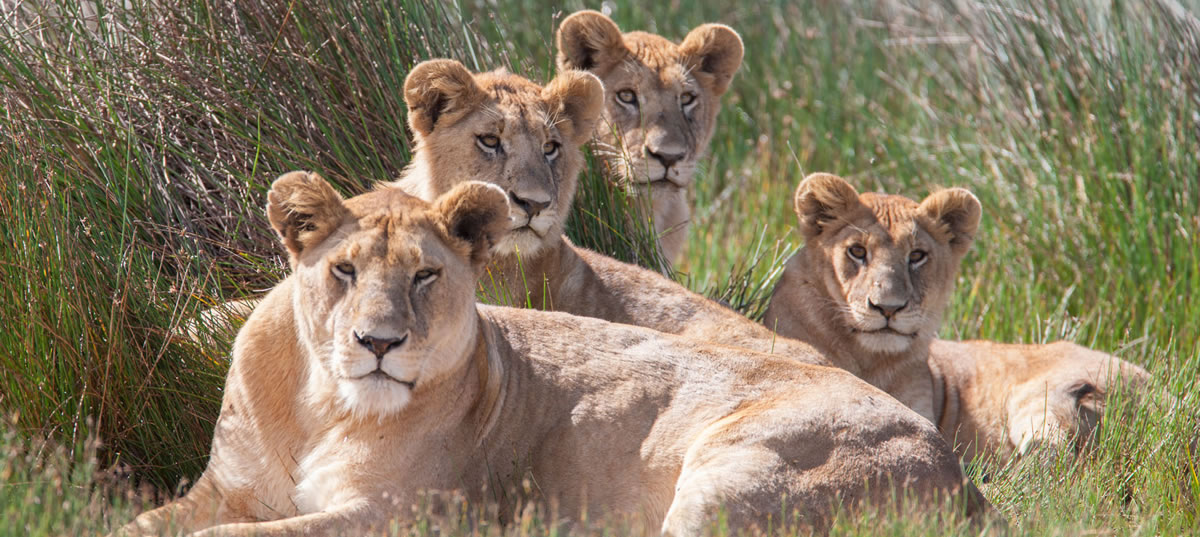Ruaha National Park
South Tanzania Itineraries


- ALFREDO (Italy)
- +39 393 721 9767
- alfredo@primalandsafaris.com
- JACKSON (Tanzania)
- +255 764 800 619
- jackson@primalandsafaris.com
Features and extension
The Ruaha National Park is named after the river that crosses it. Water is the key factor for the extremely rich wildlife inhabiting the region. With its 22,000 sq km (8,494 sq mi), it is the largest park in Tanzania, but its protected area encompasses a pristine ecosystem whose surface area is 40,000 sq km (15,444 sq mi).
As well as a very large number of elephants, about 12,000, the park is home to numerous other animal species, such as buffaloes, gazelles, ostriches, cheetas, antilopes, lions and others.
A pristine habitat
Difficult accessibility has turned out to be a key factor in keeping the park's natural features intact over time, with so much diverse vegetation and abundance in wildlife making it one of the most fascinating parks in Tanzania.
At a height of 900 m above sea level, its harsh land is mainly made up of rocks interspersed with baobabs. The mountains southwest of the park reach an elevation comprised between 1,600 and 1,800 m.
During the dry season, when the rivers dry up, their beds turn to sandy strips on which animals go in search of the scarse water remained.
Varied landscape
Lying astride a transition zone between the East African savannah and the hot and humid miombo woodlands located south of it, the park hosts vegetation and wildlife typical of both ecosystems. The enviroment gradually changes from the forests along the river to the arid plains of the Rift Valley, from the acacia trees to the miombo woodlands of the mountain zones and the baobabs, in a triumph of biodiversity absolutely not to be missed!
From June to September, as well as the traditional safari in an off-road vehicle, a 2/3-hour-walking photo safari is recommended: just a pinch of wild added to an already unforgettable adventure!
PRIMALAND SAFARIS
Tour operator for trips and Safaris in Tanzania and Zanzibar.
Certified Tour Operator in Tanzania
